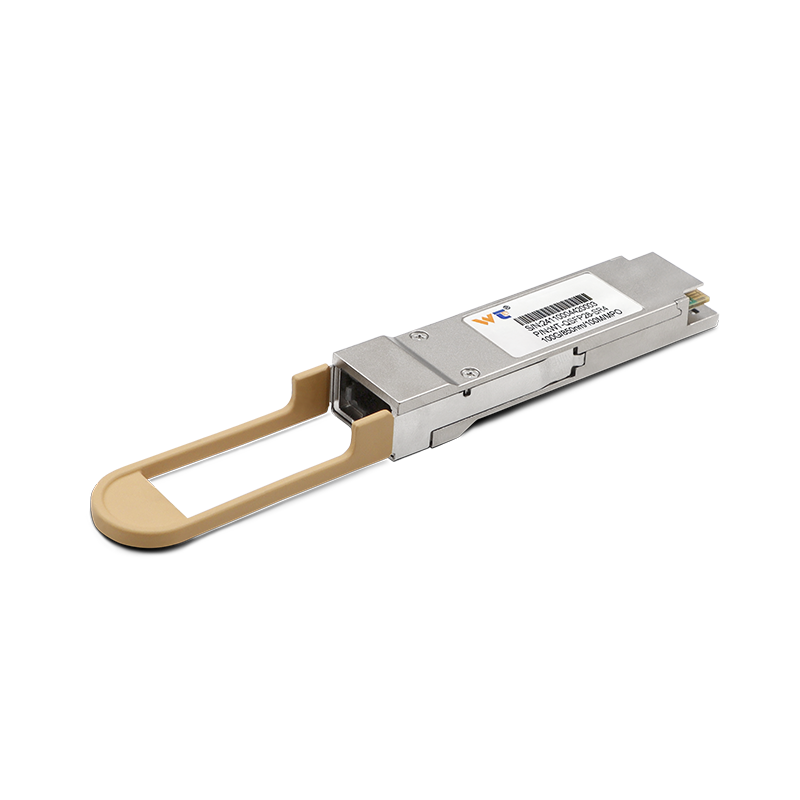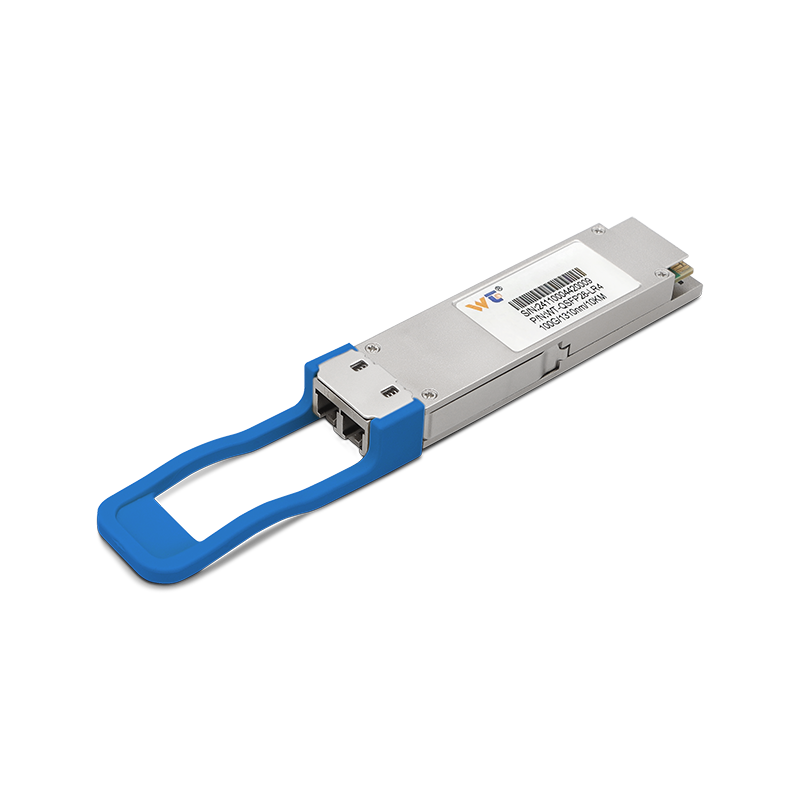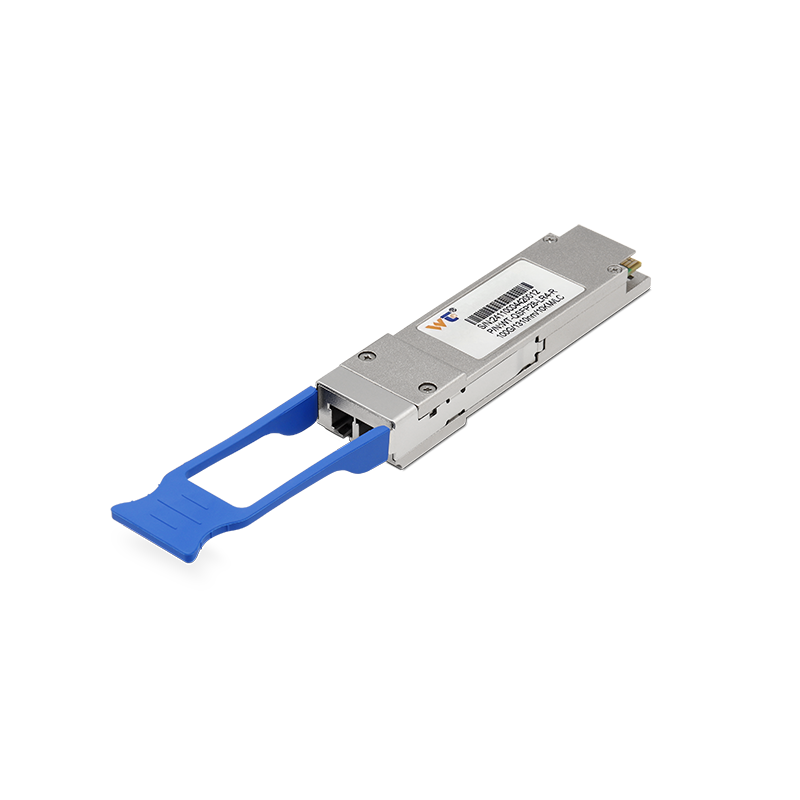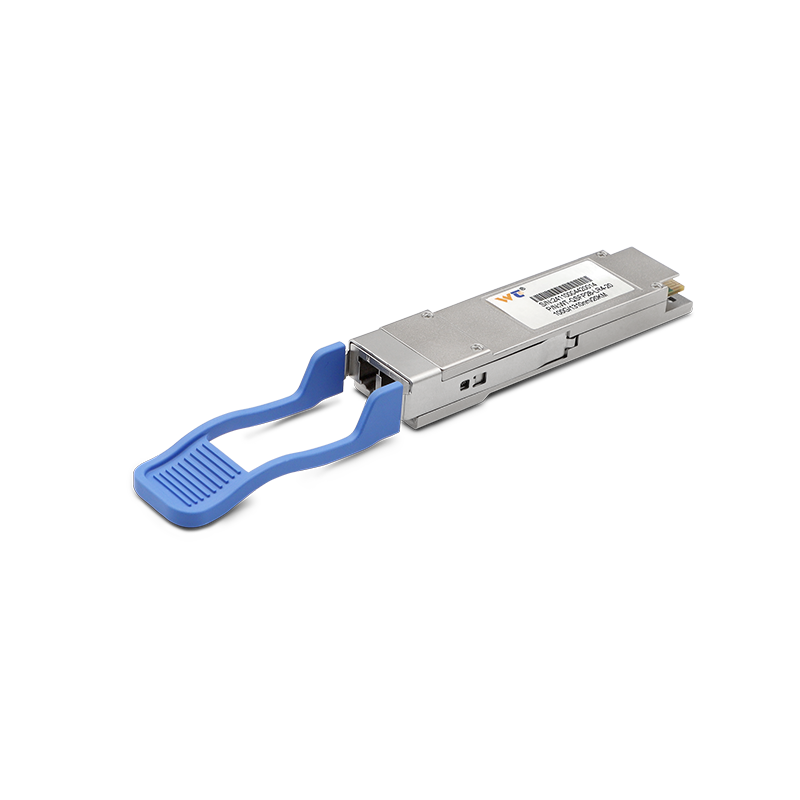As network engineers, we often find ourselves grappling with the essential yet complex task of crafting network infrastructures that are both efficient and resilient. A key part of this puzzle involves connecting switches and routers—a critical task that lays the groundwork for a dependable network. So, how do we go about this? Let’s dive into the three main methods for connecting these indispensable devices. By familiarizing ourselves with these techniques, we not only sharpen our technical prowess but also boost overall network performance. Whether you’re a seasoned pro or a newcomer in the field, knowing these methods can be a game changer when implementing real-world networking strategies.
When we talk about linking switches and routers, there are three primary approaches worth considering: direct connection, daisy chaining, and using a central switch. Each of these strategies brings its own set of perks and ideal scenarios. A direct connection is the simplest choice, where an Ethernet cable connects a switch straight to a router. This method shines in smaller networks that don’t require extensive configuration. On the other hand, we have the daisy chaining method, which links multiple switches in a series to a single router. While this can tidy up cabling, it has its drawbacks and could lead to performance issues if not managed well. The last approach, employing a central switch, involves a dedicated switch that controls connections to several routers. This setup significantly boosts performance and ease of management, making it tailor-made for larger networks where efficient monitoring and management of multiple paths are crucial.
But why does the method of connection really matter? Well, direct connections offer a smoother setup and easier management, particularly beneficial in simpler environments with fewer devices—this cuts down on the possibility of configuration mishaps. Daisy chaining can be appealing due to its cost-effectiveness, thanks to the reduced cabling, but beware: it introduces a single point of failure, which can be a risky move as the number of connected devices expands. It’s vital to evaluate your network’s particular demands before opting for this method. Using a central switch, however, not only facilitates better traffic handling but also enhances redundancy, leading to more efficient data management and bandwidth allocation. This method is especially practical in enterprise settings where seamless communication between multiple segments is a priority.
Now, to create reliable connections, it's essential to grasp some foundational concepts that play a major role in networking. Terms like VLAN (Virtual Local Area Network), subnetting, and trunking are vital. VLANs provide a way to logically separate parts of a network within a switch, bolstering both security and performance. Subnetting allows us to break a larger network into smaller, more manageable bites, which in turn makes for effective IP address distribution. And let’s not forget trunking, which permits multiple VLANs to share a single physical link—essential for maximizing resource efficiency. Familiarity with these ideas lays the groundwork for designing a network architecture that’s not just functional, but also scalable.
So, if you want to get good at connecting switches and routers, here’s a handy checklist to follow:
- Determine the right connection strategy based on the size and demands of your network.
- Choose the appropriate cabling (like Cat5e or Cat6) to achieve the desired speeds and distances.
- Physically link the devices using your selected method, ensuring everything is powered up before you connect.
- Configure the interface settings on both the switch and router, making sure the ports are correctly designated as trunk or access.
- Test the connectivity to confirm that everything is communicating as it should.
- Keep an eye on performance using tools like SNMP or network monitoring software to identify any potential hiccups.
If you’re eager to expand your skill set, try putting these different methods into practice! For instance, when you implement VLANs on your central switch, you might notice significant improvements in both performance and security across various segments of your network. Looking ahead, consider diving into new technologies such as SDN (Software-Defined Networking) or network automation, which can streamline network management processes and future-proof your skills.
So, how well do you think you grasp these connection techniques?
Mastering the links between switches and routers could greatly enhance not just your network’s performance, but its reliability as well.
Now, let’s address a couple of commonly asked questions:
What’s the best connection method for a small office network?
- Generally, a direct connection is the simplest and most budget-friendly approach for small setups.
Are there security risks tied to daisy chaining?
- Absolutely, daisy chaining can widen the network’s vulnerabilities if any one link wears down.
In practical terms, try these connection strategies out in a test environment. Experimenting with different configurations will definitely help cement your understanding. Hands-on experience allows you to discover those little quirks tied to each connection type, equipping you for whatever challenges might pop up in the real world.
To wrap it all up, there are distinct pros and cons linked to the methods of connecting switches and routers. Your choice between direct connection, daisy chaining, or a central switch ultimately hinges on your unique network needs and architecture. A solid grasp of concepts like VLANs, subnetting, and trunking can further empower you to create networks that truly shine. By honing these skills, you’re not only bolstering your current networking capabilities, but also setting yourself up for exciting future explorations into the ever-evolving realm of networking technology.






